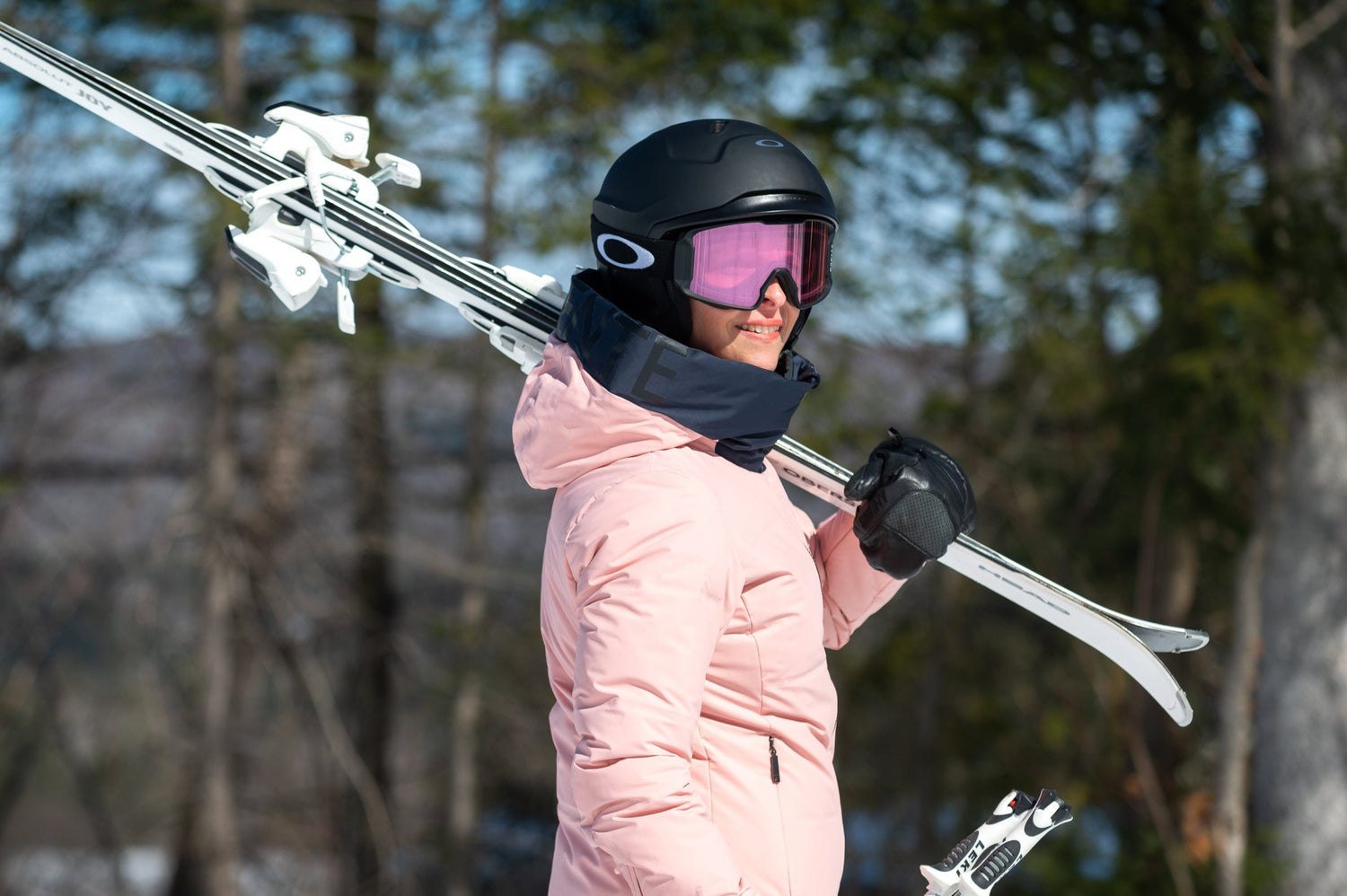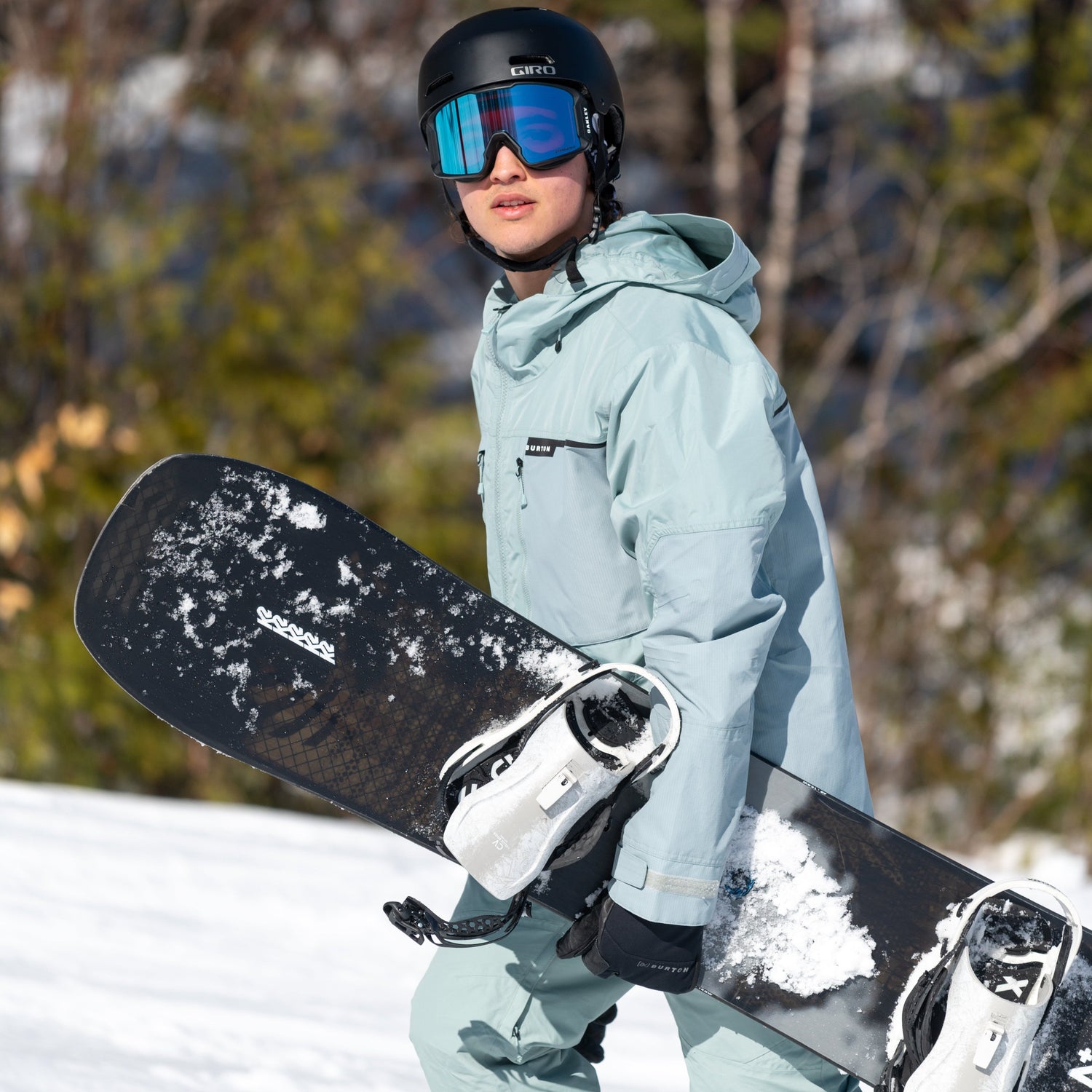Cycling and breathing in some fresh air, taking in the beautiful Quebec scenery, exploring for a few days, pitching a tent and sleeping far from the city. Inspired yet? Well, bikepacking is exactly for you! Bikepacking is travelling on a bike – often on a gravel or mountain bike – on short or long distances while carrying your luggage on your bike.
A dream vacation? We sure thing so! However, for those who want to try it for the first time this summer, getting physically prepared will help you enjoy it fully. Remember that bikepacking is not a competition, it’s a way to getting around, to visit, to enjoy the beautiful scenery. We asked our expert in physical preparation to give us some pointers. Smith Coaching offers 5 tips so you can be ready to hit the road on your vacation.
1. Identifying the Factors
In order to start on the right foot, it is important to identify key factors in the planning of your training. Keep these four variables in mind:
- The number of kilometers you would like to ride per day;
- The length of your adventure;
- The weight of your bike with the luggage;
- The itinerary and type of terrain you might encounter.
Weather conditions are also not to be taking lightly. However, this is a factor you cannot control! That is why it is important to experiment training in different weather conditions during your preparation period.
2. Evaluate your Physical Condition
Leaving for many days requires that you be in good physical condition. You need to assess this by asking yourself two questions:
- What is my tolerance cycling on long distances?
- What is my capacity to recover after a physical effort?
3. Establish a Training Structure
You want to have fun on your summer vacation, not beat records! Keeping this in mind, establish a training structure that will allow you to cover a lot of kilometers, everyday, without getting too tired.
To reach you goal, you need to do it in small increments. No need to go all out from the beginning and put yourself through an intense and difficult training. Make a 12-week, minimum, strength and cardio training plan before your departure date
Then keep track of your progression. The goal is that at the end of 12 weeks you have the feeling that you could have done more on the first week. The most difficult part is to slow yourself down!
In order to prepare your training structure well, make a plan. It is important to look at the entire week, not just the workout. Evaluate the maximum number of hours you can devote to your training based on your life routine, your schedule. For example, you could start by doing it once a week, during one hour, then increase to twice a week for one hour the next week, and so on.
Think about a strategy that works for you in your planning to increase the number of training hours each week.
4. Develop Your Aerobic Capacities and Your Strength
Since bikepacking is more recreational than competitive, no need to do interval training or follow programs that are extremely hard on the body.
The number one priority while training for bikepacking, is to develop your aerobic capacity. Which mean to be able to keep a low cardiac frequency for a minimum period of 60 minutes. According to Smith Coaching: “We need to teach people to start out slowly, but progressively and for longer periods, increase the length of the outing without increasing the cardiac frequency.”
What is your best indication that you have reached the right frequency? You should be able to carry on a normal conversation without being out of breath. Ask yourself this question often during your training. If you own a training watch, your heart rate should stay in zone 2.
Also, it is essential to develop strength. This will allow you to be much more stable on your bike which will be beneficial on more technical terrain.
Read the Article on Aerobic Capacity
5. Exercices
Combine strength training and biking either outside or on a training base to develop your aerobic capacity. That’s your plan, spread on 12 weeks. Looking for suggestions? Here are two examples of a training week, plus a few good upper and lower body exercises.
Example 1: Training Week
- Monday: Bike 60 minutes
- Tuesday: Upper body strength training
- Wednesday: Bike 60 minutes
- Thursday: Mobility training or yoga
- Friday: Lower body strength training
- Saturday: Long outdoor bike ride, 90 minutes or more
- Sunday: Rest
Example 2: Training Week (towards the end of the 12 weeks)
- Monday: Upper body strength training
- Tuesday: Bike 60 minutes or more
- Wednesday: Lower body strength training
- Thursday: Mobility training or yoga + outdoor bike ride (optional 30 to 45 minutes)
- Friday: Lower body strengthening
- Saturday: Bikepacking outing simulation
- Sunday: Bikepacking outing simulation
Example of Upper Body Strength Training
- A1-TRX Row 4 of 12-15 repetitions
- A2-Push up Hand Release 4 series of 8-12 repetitions
- B1-Swissball Plank to pike 3 series de 12-15 repetitions
- B2-TRX Y 3 series of 12-15 repetitions
- B3-Side plank 3 x 45 seconds each side
Example of Lower Body Strength Training
- A-Goblet Squat 4 series of 12 repetitions
- B1- Split Squat 3 series of 8-12 repetitions each leg
- B2- Swissball leg Curl 3 series of 8 repetitions
- C1-Step up 3 series of 12-15 repetitions each leg
- C2-Swissball Stir the Pot 3 x 30 seconds



